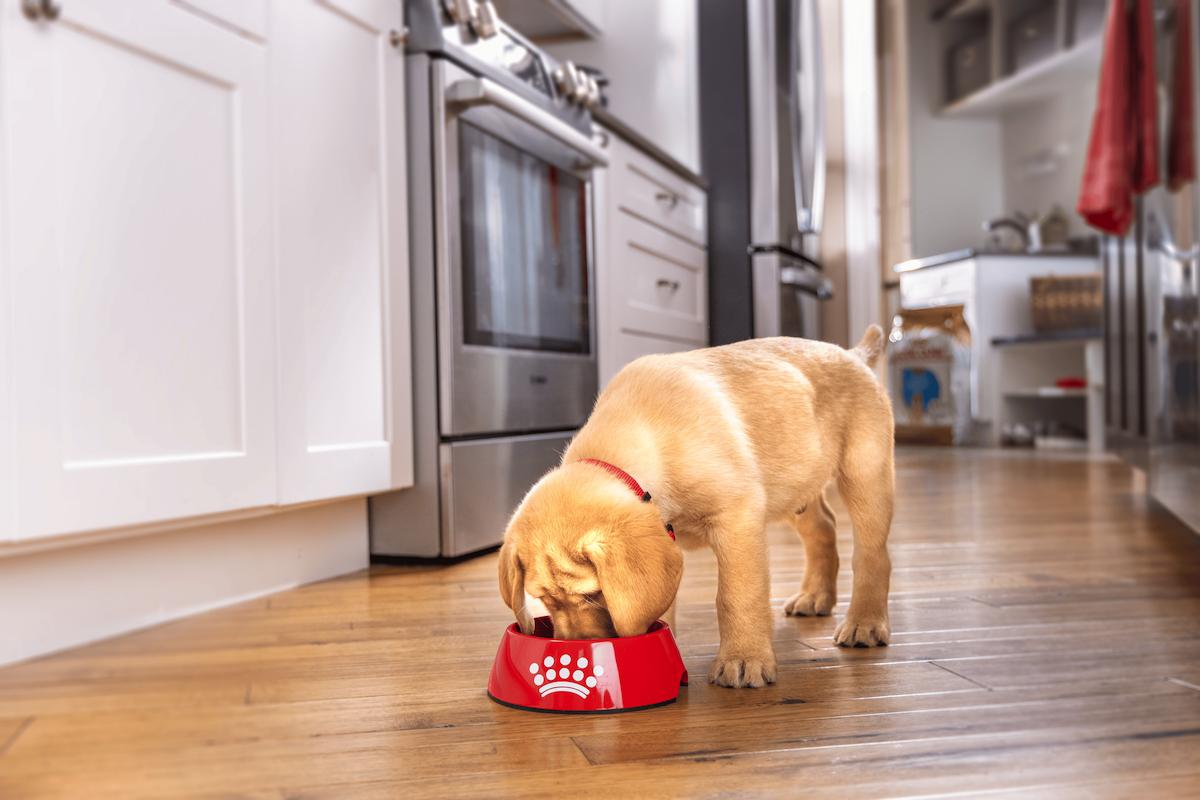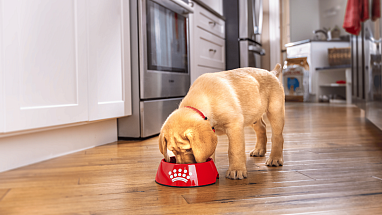During the hustle and bustle of the holiday season, a veterinary visit is likely low on your list of jolly outings. But with holiday hazards looming, it’s important pet owners are prepared for any seasonal surprises.
We know veterinary visits can be stressful for pets and owners alike. You’re concerned for your pet, then there’s the car ride, a different environment, encounters with other animals, unfamiliar smells, exams and more. Our top tips can help make every visit as smooth as possible.
Ahead of your visit
Teach your pet to enjoy routine handling. Perform routine physical examinations at home, in a familiar and relaxed environment. Teach your pet from a young age to be calm about having their ears, eyes, feet and skin handled and examined, and pair it with a reward, like a treat or toy. Do this regularly and for short periods each time to help your pet be less anxious during a real exam. Even if your pet is older, give this practice a try – just be patient because it might take a little longer to work.
Practice clinic visits. Drop by your veterinary clinic even when you don’t need to. Most veterinary staff will happily welcome you into the waiting room. Bring a special toy or treat so your pet learns to enjoy the clinic, not fear it. If your pet only visits the clinic when they feel ill or are in pain, it’s only natural to develop anxiety.
Help your pet get accustomed to travel. Car rides can be stressful. To avoid bringing a stressed pet into the hospital, practice safe travel ahead of time:
For dogs, ensure they’re restrained using an approved dog seat belt or secured carrier. Start with a stationary car, offering treats, affection or games. Gradually build up to small journeys and longer distances over time.
Cats should be in a sturdy, ventilated carrier with multiple openings, so the cat can exit the carrier by their preferred route when safely in the consulting room. Your veterinarian can often perform a routine exam while the cat remains in the bottom half of the carrier. Research(Opens a new window) shows cat carrier training is effective in reducing stress.
Bring the right equipment. Familiarity at home helps pets accept various equipment at the clinic. For dogs, this includes proper leash training and even muzzle training(Opens a new window) in case they need to be bandaged or restrained. In fact, muzzle training(Opens a new window) is an excellent, yet often underutilized approach to help both the dog and the veterinary team because even non-aggressive dogs can act out of character when they’re scared or in pain.
On the day of your visit
Be aware of your pet’s body language … and act accordingly! Recognize (and respect) when your pet might be feeling uneasy and take action by stopping an interaction or removing them from a stressful situation.
If your dog is aggressive or very fearful, wait in the car instead of the waiting room. Once you’re in the clinic, give your pet a moment to sniff and explore. This can provide a welcome distraction.
If your cat is fearful, we also recommend waiting in the car. That will help you avoid the stress of barking dogs, phones ringing and more in the waiting room.
Place a towel over your cat carrier to reduce visual distractions that may further upset your cat. If possible, place the cat carrier on a safe, high surface in the waiting room, out of the reach of dogs who may sniff or nudge the carrier and alarm the cat.
Bring your pet’s favorite toy, blanket or bedding to the appointment to provide familiarity and comfort.
Have tasty treats on hand, especially during injections, temperature taking or when a painful area is examined.
Don’t be afraid to ask a veterinary clinic about their approach to managing stressed animals. When pet owners and veterinary professionals work together, it’s entirely possible to transform a vet visit from fearful to fun!
This article was adapted from a LinkedIn article(Opens a new window) published by Tammie King, Applied Behavior Technical Leader at WALTHAM.















